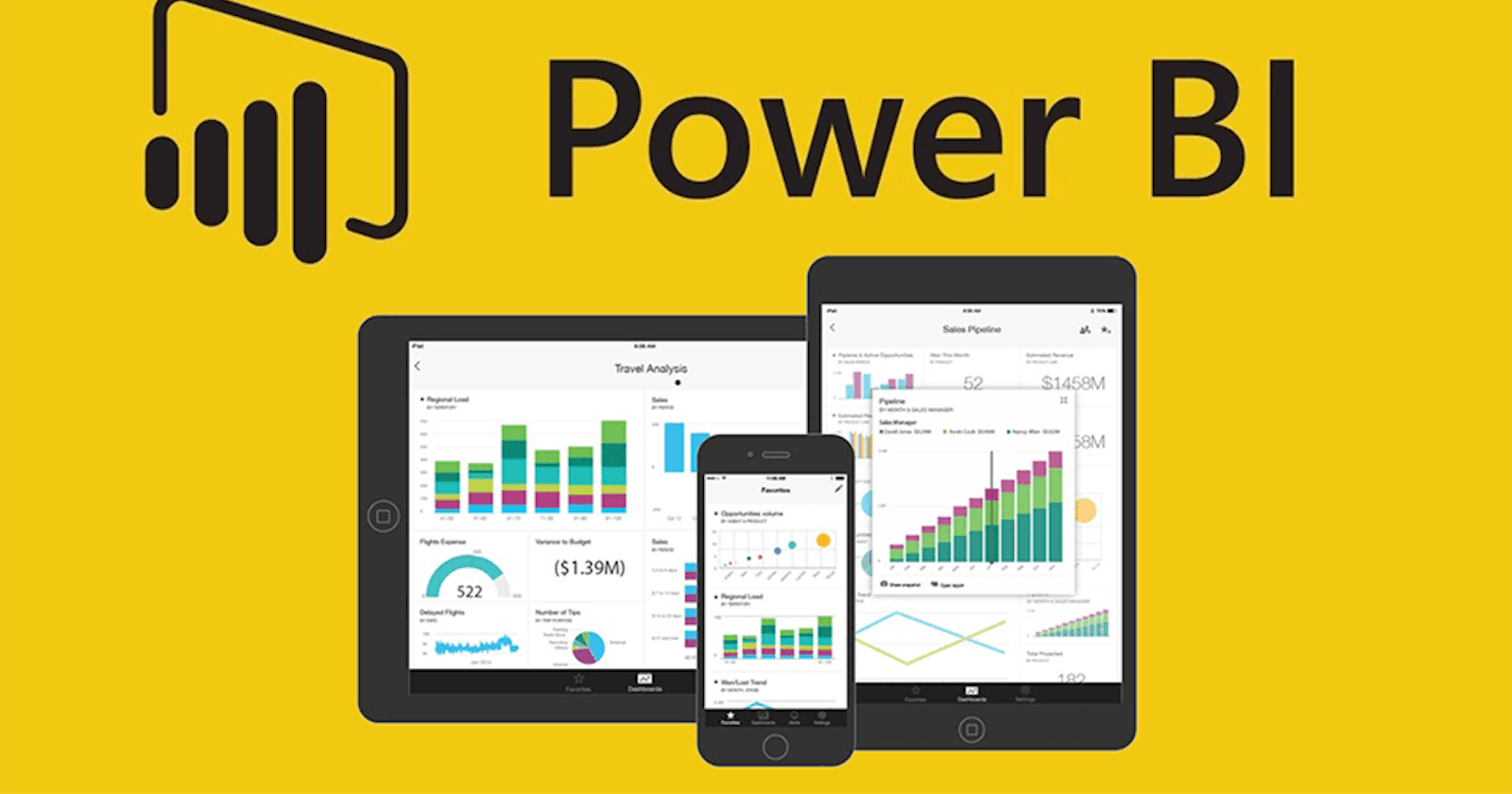Hey guys, we all know that Power Bi is one of the leading Business intelligence tools in data analysis, business analysis, and even consultancy. Learning Power Bi can be your differentiator in the job places. And, if you're a beginner, you may face challenges in the DAX language and how to create calculated measures and calculated columns using DAX.
But you're in the right place because now you are going to learn the top 10 DAX expressions commonly used and will going to help you in your learning journey of Power Bi. For those of you who may not be familiar with DAX, then let me help you to introduce DAX expressions.
"DAX stands for Data Analysis Expressions and is a formula language used in Power BI, Excel, and other Microsoft data analytics tools. DAX is used to create custom calculations and measures that help you to find insights from a large chunk of data."
So, without further ado, let's dive into the top 10 DAX expressions:
SUMX
This expression is used to sum the results of an expression over a table. For example, if you have a table of sales data, you can use SUMX, to sum up the total sales for each product.
AVERAGE
This expression is used to calculate the average of a column or a set of values. It's a simple but powerful function that can provide quick insights into your data.
MAX
This expression is used to return the maximum value in a column or a set of values. You can use MAX to find the highest sales amount or the most popular product.
COUNT
This expression is used to count the number of rows in a table or the number of values in a column. COUNT is a very simple but powerful function that can be used in a variety of situations.
RANKX
This expression is used to rank values in a column based on a specific order. For example, you can use RANKX to rank salespeople based on their sales performance.
SWITCH
This is a very useful function that allows you to evaluate a series of conditions and return different results based on those conditions. You can use SWITCH to create custom groups or to apply different calculations based on specific conditions.
RELATED
This expression is used to retrieve related values from another table in a data model. For example, if you have a table of sales data and a table of products, you can use RELATED to retrieve the product name for each sale.
CONCATENATEX
This expression is used to concatenate text values in a column or a table. You can use CONCATENATEX to create custom labels or to combine text values into a single string.
CALCULATE
This is a very versatile function that allows you to manipulate the filter context of a formula. You can use CALCULATE to apply filters to a measure or to change the context in which a measure is evaluated.
FILTER
This expression is used to filter a table or a column based on a condition. For example, if you have a table of sales data, you can use FILTER to show only the sales for a specific region or time period.
I will be giving out examples and new DAX expression in the next article, so follow it. It is very beginner friendly so, nothing hard and try to go through this.
Happy Learning Journey to Everyone!!
